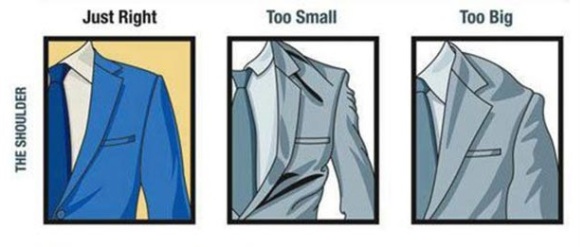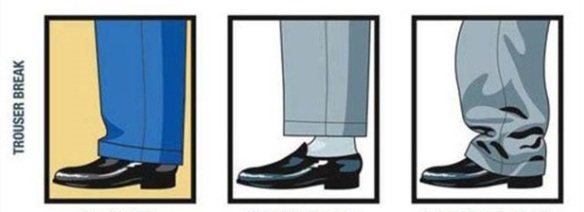Even though your inner character is more important than your outward appearance, most often than not, men are perceived positively when they dress sharp. Especially if you desire to be seen as confident, trustworthy, and professional.
If you don’t want to blow your budget when shopping for new suits, a great tip is to buy off-the-rack suits in the best fit you can get, and then take them to a tailor for custom adjustments. However, taking your suit to a tailor is just the basic first step. You need to know a bit more about how tailors work and the kind of adjustments they can make or can’t make.
You also need to know what a “good” fit actually looks like.
Tailors vary in skill and how they communicate what they are actually doing so if you want your suit adjusted correctly, you’ll need to be very clear on exactly how you want it to turn out.
Here, you’ll find an easy-to-follow guideline on how your suit should fit.
What a “Good Fit” Looks Like
When you try on a suit, you determine whether it’s a good fit in what’s known as your “natural stance”. This means standing straight, arms relaxed by your side preferably wearing the pair of shoes that will go with the suit.
Most of our natural movements flow from this pose and if the suit does not fit well with this stance, you’re not going to be very comfortable moving in it. You should practice trying on suits in that posture so as to determine if they are a good fit before you purchase.
Below are key areas you should determine good fit in your natural stance.
Shoulders
Well fitted shoulders should lie flat. Don’t buy a suit that forms wrinkles or lumps on the sleeve or top of the jacket because shoulders are one of the most difficult parts of a jacket to adjust after finish.
The Seat
A good fit is where your trousers drape smoothly over the shape of your behind, without being too loose or pulling tight.
A good tailor can easily adjust the seat of your trousers but it can prove tricky as he may inadvertently pull the pocket out of place if the trouser were too loose to begin with. It is easier to make a loose pair of trousers tighter than a tight pair loose.
Trouser Break
The “trouser break” is the small crease formed when the edge of your trouser falls on the top of your shoe. It should be small and subtle and easily adjustable.
The Jacket Closure
When wearing a suit and standing, you should have the jacket buttoned. So, when trying on a suit for the first time, check to see how the front of the jacket closes over your body. A tailor may let out or take in the waist to help an ill-fitting suit fit better but they may not be able to do much if the problems with the jacket closure don’t involve waist measurement.
Better look for a different jacket rather than choosing to take it for adjustments.
Jacket Sleeve Length
The general guideline is that half an inch of your shirt should be visible beneath the length of your jacket sleeve. This is an easy adjustment that a good tailor will be able to make.
Jacket Length
A good suit should fall past the waist and drape slightly over the curve of a man’s behind. If the hem of the jacket is sitting on top of the butt, with a small little flare in the back, it’s too short. If it falls past the bottom entirely, longer than the arms, it’s too long. The hem can be adjusted upward without too much trouble, but if you go too far the front pockets start to look out of proportion, so don’t count on more than an inch or two of adjustment here.
Jacket Collar
Your jacket collar should touch lightly your shirt collar without leaving significant gaps. It might be costly to fix a bad collar fit so make sure you pick a right fit to begin with.
Four Automatic “Bad Fit” Warnings
In addition to these, there are other problems that are easy to spot. A suit with these four warning signs may mean that you’ll never be able to adjust it to a really good fit. Usually it means that your body isn’t a good fit for that particular brand.
Unless you don’t mind wasting money on fixing a bad fit, be careful buying any jacket that’s showing these four serious warning signs.








